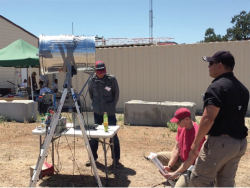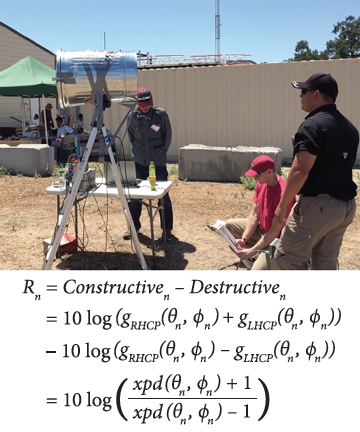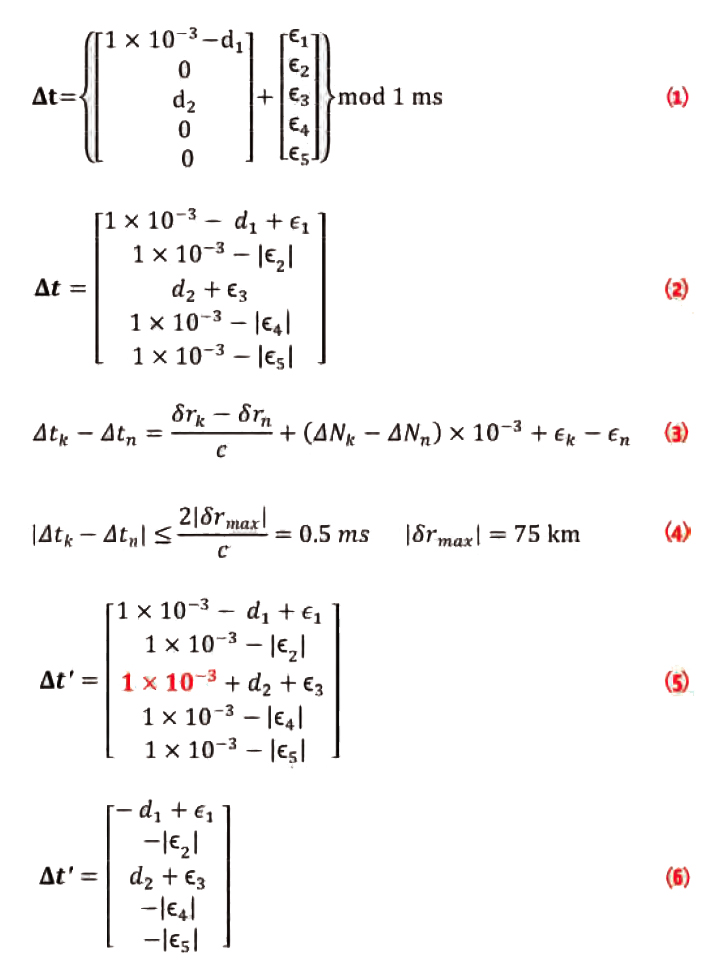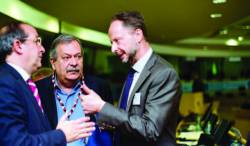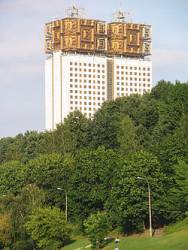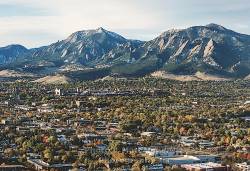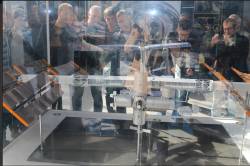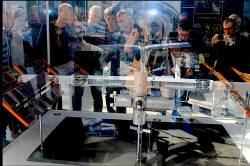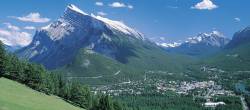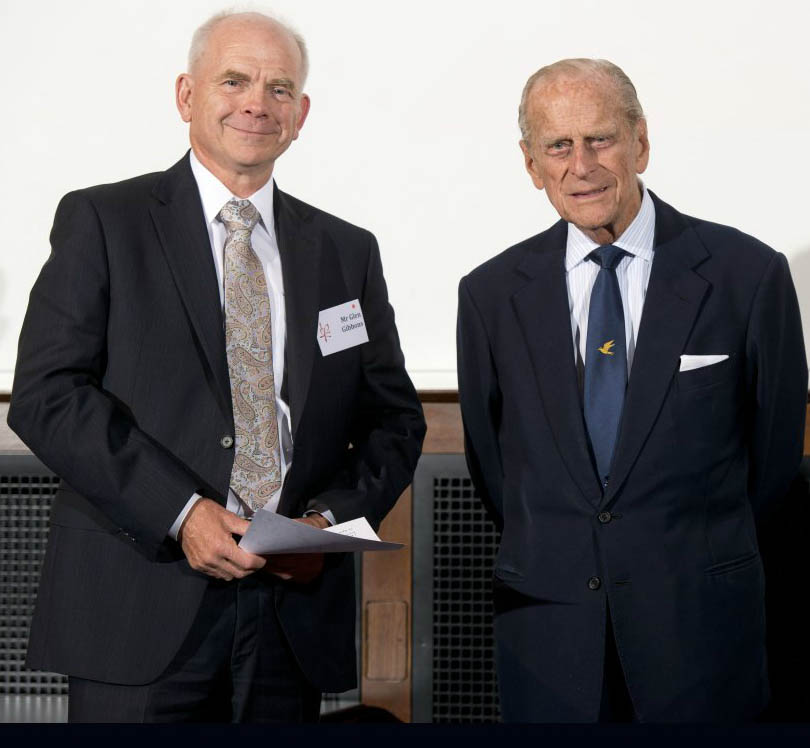Urban Localization and 3D Mapping Using GNSS Shadows
It is by now well known that GNSS-based localization in built-up urban environments can be extremely inaccurate. This is a fundamental problem that hardware enhancements cannot solve.
A GNSS receiver estimates 3D location and timing from pseudoranges from four or more satellites, assuming that these pseudoranges correspond to direct line-of-sight (LOS) paths from each satellite. In urban canyons, however, the signal from a satellite to the receiver suffers from multipath propagation and shadowing.
By Inside GNSS

